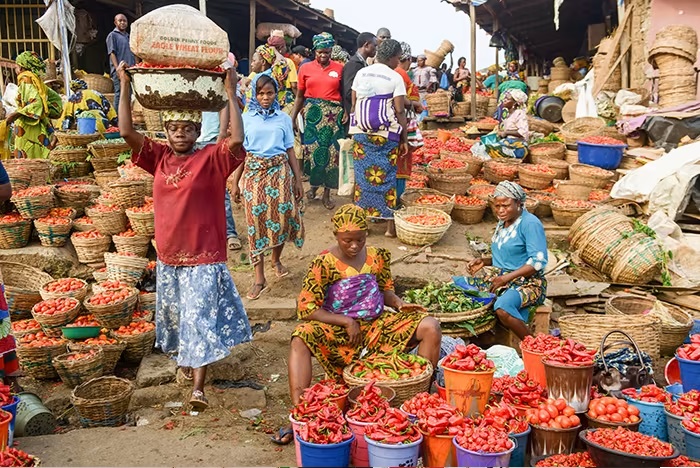
Food inflation is the increase in the prices of food items over time. It affects everyone who buys food, whether it is for consumption or production. Food inflation can have various causes, such as supply shocks, demand shocks, monetary policy, exchange rate fluctuations, climate change, and trade policies.
Supply shocks are sudden disruptions in the availability of food items due to natural disasters, wars, pests, diseases, or other factors. For example, a drought can reduce the crop yield and increase the cost of irrigation, leading to higher prices for farmers and consumers. A flood can damage the transportation infrastructure and spoil the stored food, creating shortages and wastage. A pandemic can disrupt the labor force and the supply chain, affecting the production and distribution of food.
Demand shocks are sudden changes in the demand for food items due to population growth, income growth, preferences, or other factors. For example, a population boom can increase the number of people who need food, putting pressure on the existing supply. An income boom can increase the purchasing power of consumers, allowing them to buy more or better-quality food. A preference shift can alter the consumption patterns of consumers, increasing the demand for certain food items and decreasing the demand for others.
Register for Tekedia Mini-MBA edition 19 (Feb 9 – May 2, 2026): big discounts for early bird.
Tekedia AI in Business Masterclass opens registrations.
Join Tekedia Capital Syndicate and co-invest in great global startups.
Register for Tekedia AI Lab: From Technical Design to Deployment (begins Nov 15th).
Monetary policy is the action taken by central banks to control the money supply and interest rates in an economy. It affects the inflation rate of all goods and services, including food. For example, an expansionary monetary policy can increase the money supply and lower the interest rates, stimulating the economic activity and increasing the demand for food. However, it can also reduce the value of the currency and make imports more expensive, raising the cost of food. A contractionary monetary policy can have the opposite effects.
Exchange rate fluctuations are changes in the value of one currency relative to another. They affect the prices of imported and exported food items. For example, a depreciation of the domestic currency can make imports more expensive and exports more competitive, increasing the domestic prices of imported food items and decreasing the domestic prices of exported food items. An appreciation of the domestic currency can have the opposite effects.
Climate change is the long-term alteration in the global weather patterns due to human activities. It affects the production and consumption of food in various ways. For example, climate change can increase the frequency and intensity of extreme weather events, such as droughts, floods, heat waves, storms, and wildfires, damaging the crops and livestock and disrupting the supply chain. Climate change can also alter the suitability of land for agriculture, reducing the arable land and affecting the crop diversity and quality.
Trade policies are the rules and regulations that govern the international trade of goods and services. They affect the availability and affordability of food items across countries. For example, trade liberalization can reduce or eliminate tariffs, quotas, subsidies, and other barriers to trade, increasing the competition and efficiency in the global food market. However, it can also expose domestic producers to foreign competition and price volatility, affecting their income and livelihood. Trade protectionism can have the opposite effects.


